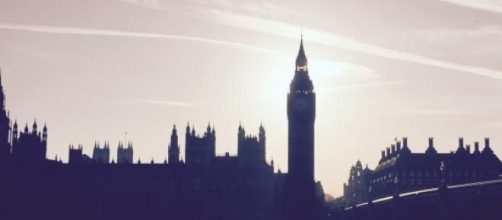It's the question many may be asking. With the election too close to call, and polling data indicating the race will go down to the wire and could well end without a clear winner, the chances of a hung parliament are high. So what is it and how will it work?
A party needs to secure a majority of 326 seats in the House of Commons in order to have the ability to rule in parliament without any opposition. But should no single party reach the magic number, then we have what is known as a hung parliament, which was the case after the 2010 general election.
Should this happen again, party leaders and parties will begin rounds of talks in an attempt to reach the number of seats required in the House of Commons in order to put either David Cameron or Ed Miliband in power. This would eventually lead to the formation of a coalition government for the second time in a row.
As current Prime Minister, David Cameron would remain in government as leader while the parties attempt to put together a new coalition. Being acting Primer Minister, he will essentially have the first attempt and should he be able to reach the required number of seats, will be able to carry on as leader of a new coalition government. However, while Cameron attempts to put his together, Labour leader Ed Miliband will also be able to start negotiations in an attempt to build a majority.
Should Labour achieve this and it is clear Cameron is unable to do so, the Tory leader will then be expected to resign in order to make way for a new coalition government led by Miliband and Labour.
If, as many expect, there is a hung parliament following the end of voting, experts believe it will take significantly longer to put together a coalition than it did back in 2010. The first deadline for parties to reach a majority will be May 18, when parliament gathers for the first time following the general election. David Cameron is expected to have until this date to put together a deal.

